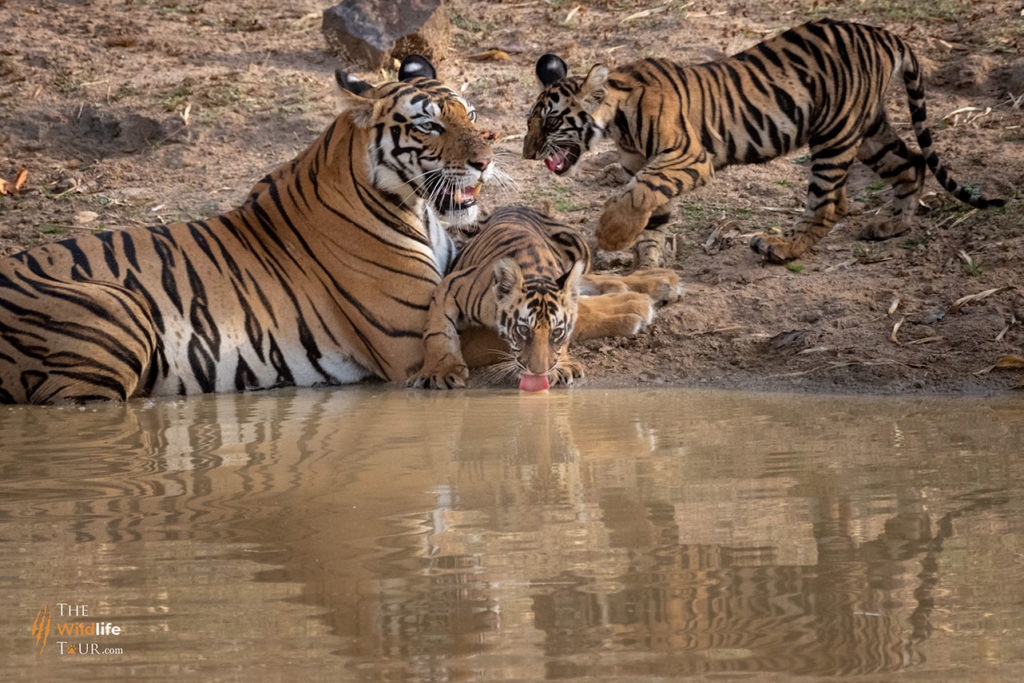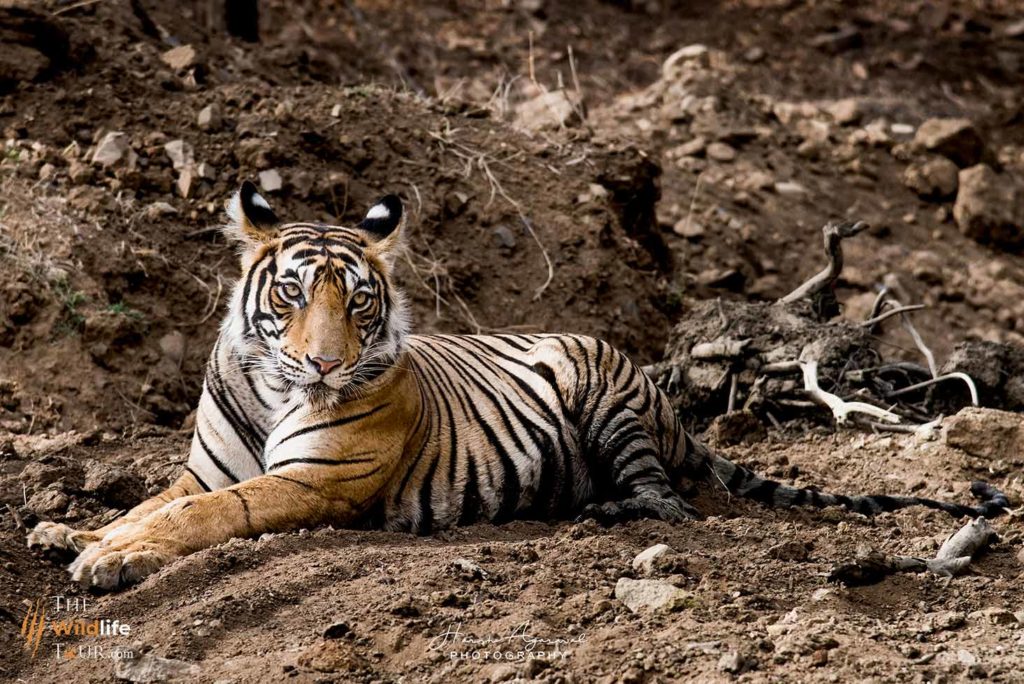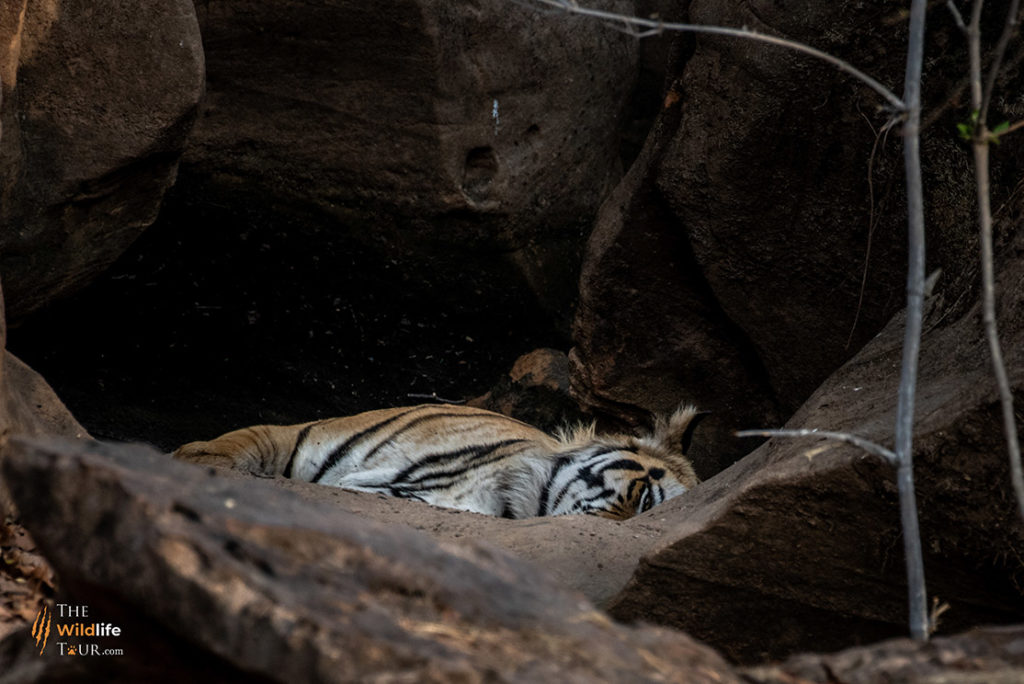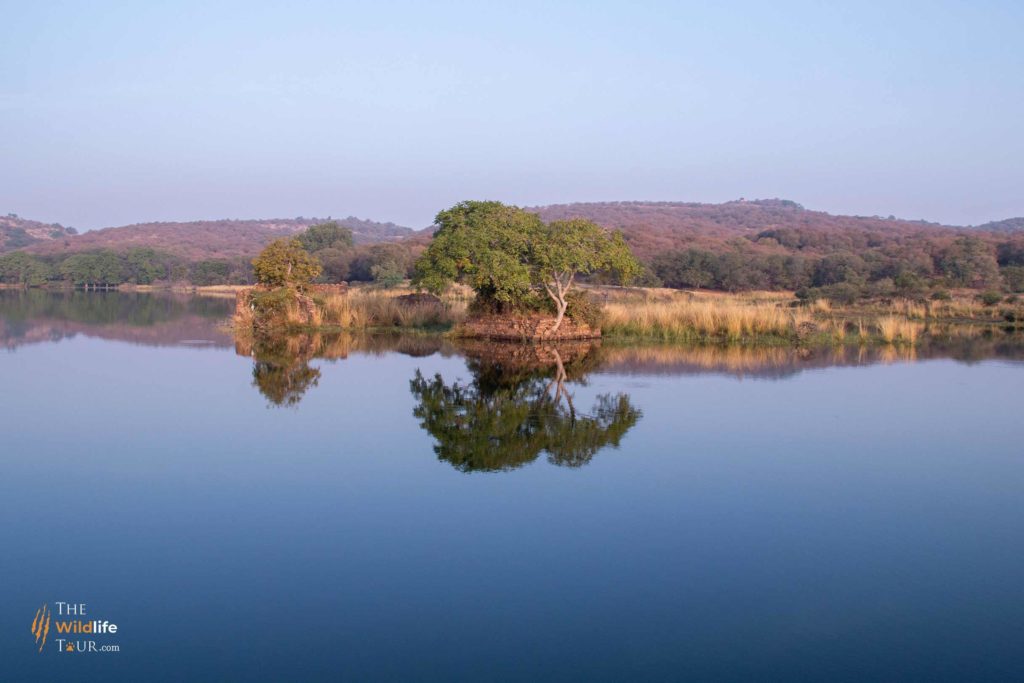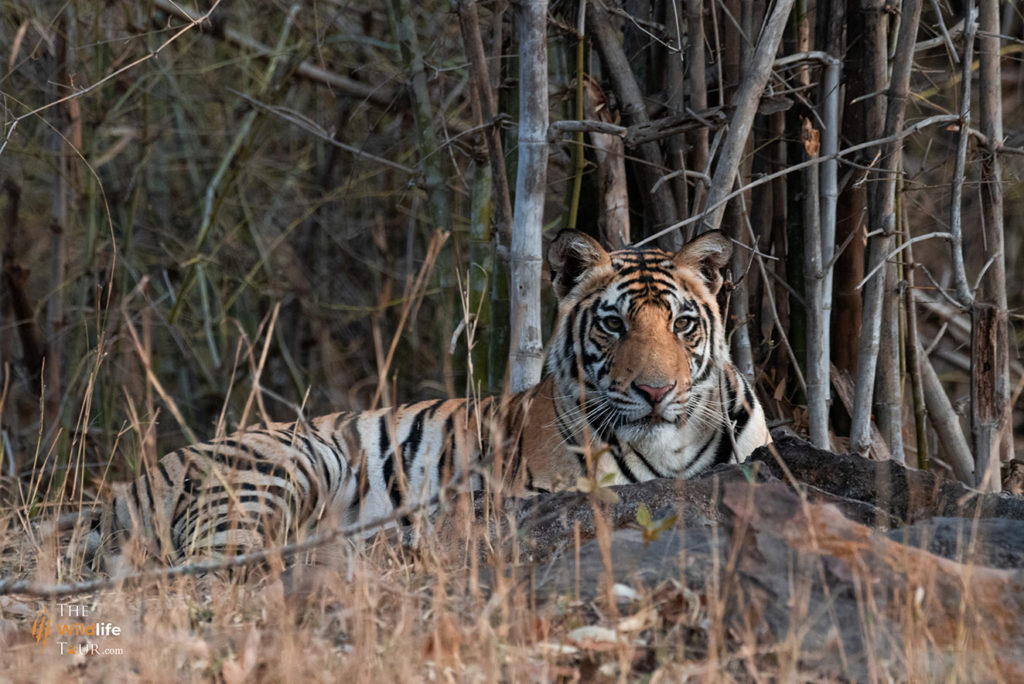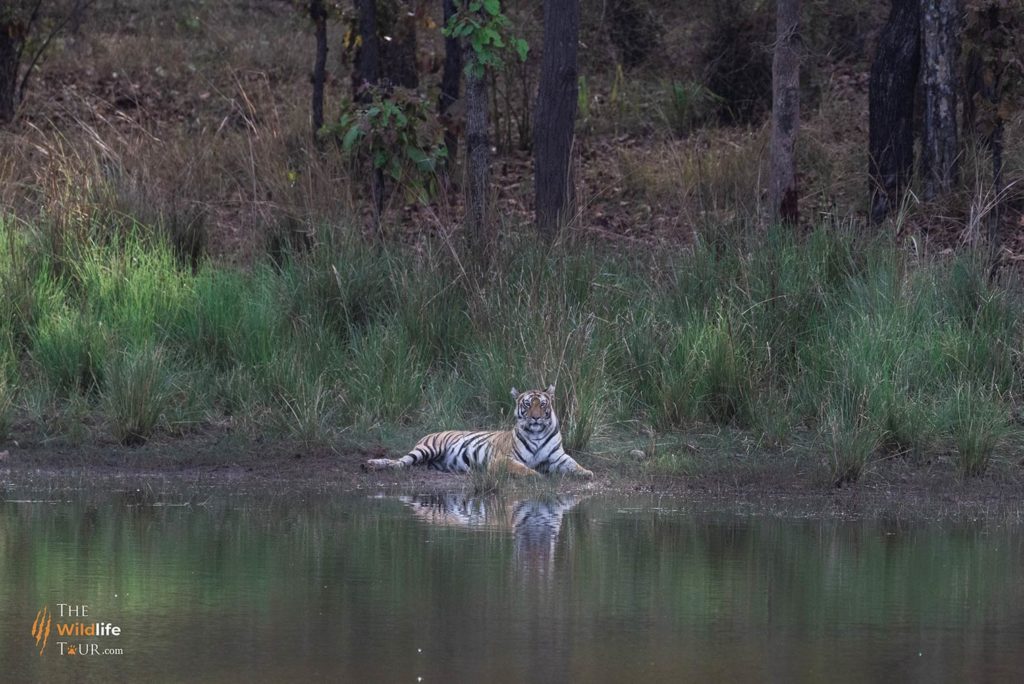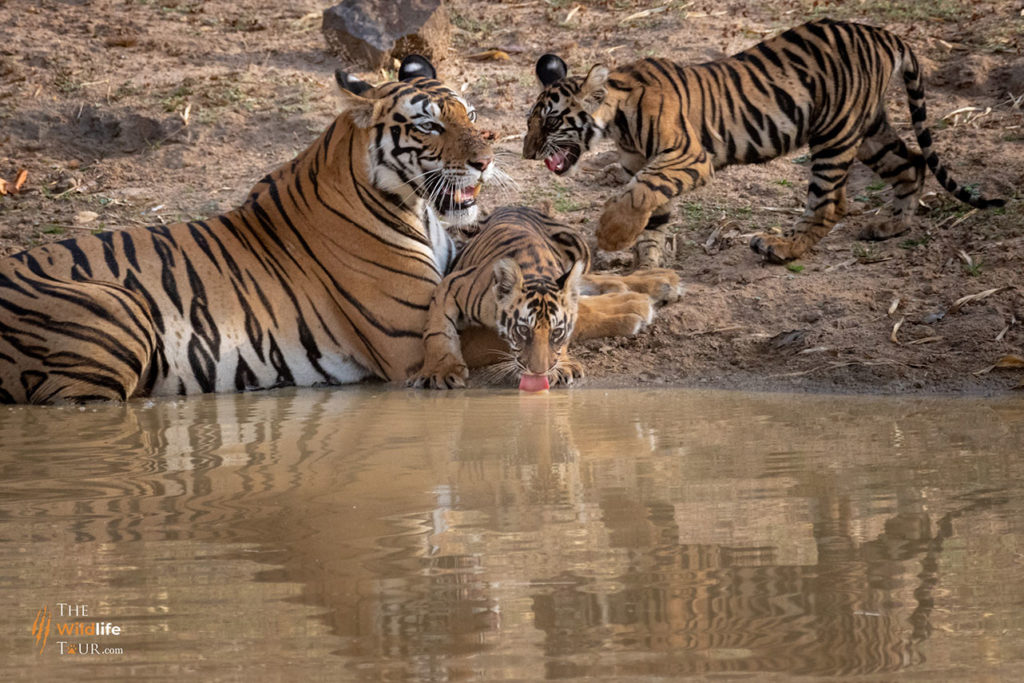The Ultimate Guide to Planning Your Tiger Safari in India
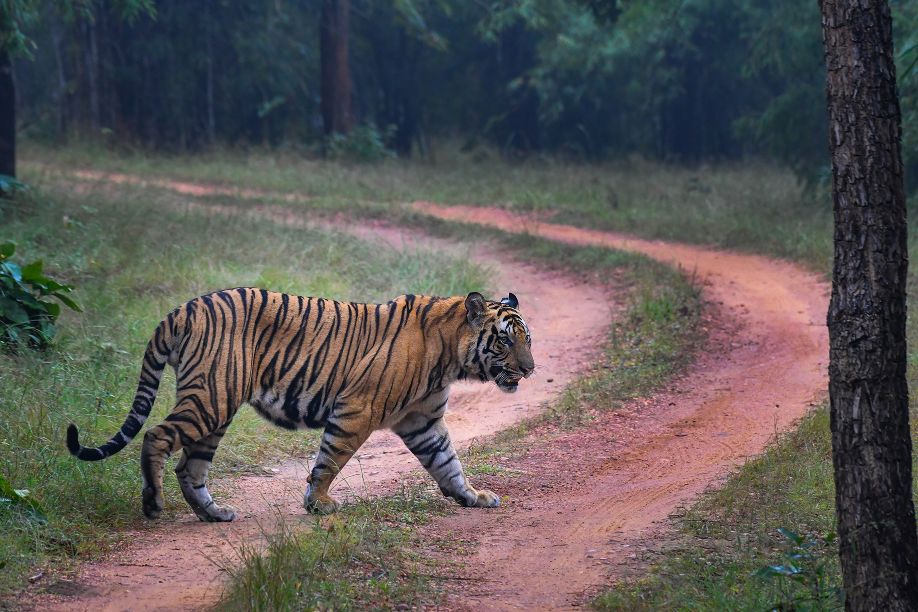
Welcome to our comprehensive guide on planning an unforgettable tiger safari in India. At Indian Maharaja Tours, we are passionate about wildlife conservation and providing our clients with exceptional tiger safari experiences. In this article, we will take you through the step-by-step process of planning your tiger safari in India, ensuring that you have all the necessary information and resources to make your journey a resounding success.
Why Choose India for Your Tiger Safari
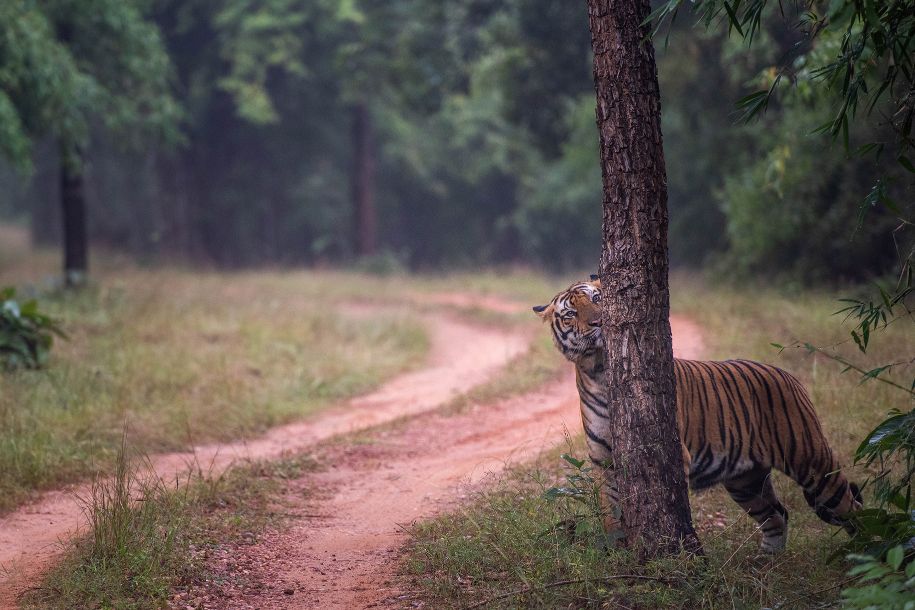
India is a country renowned for its rich biodiversity and incredible wildlife. The Royal Bengal Tiger, one of the world’s most magnificent big cats, lives in India. With over 50 tiger reserves scattered across the country, it offers an unparalleled opportunity to witness the majestic Royal Bengal Tigers in their natural habitat. The lush national parks and reserves in India provide the perfect setting for a thrilling and immersive tiger safari experience.
A tiger safari tour in India is a once-in-a-lifetime opportunity for many nature lovers and wildlife enthusiasts and photographers. Yet organizing a memorable tiger safari trip requires careful planning and preparation. There are many things to think about when preparing for a tiger safari tour in India, from picking the right tour operator to bringing the right gear and clothes. We will discuss everything you require to plan a safe, responsible, and exciting tiger safari in India. This includes tips on photography, packing, budgeting, equipment, safety, and cultural considerations.
Best wildlife destinations for Tiger safari in India - Selecting the Ideal Tiger Reserve
Choosing the right tiger reserve in India for booking wildlife safari is crucial to maximize your chances of spotting these magnificent creatures. India offers several renowned tiger reserves, each with its unique features, landscapes, and tiger populations. Here are some of the top tiger reserves to consider:
Bandhavgarh National Park
Bandhavgarh National Park is situated in the Vindhya Hills of Madhya Pradesh, approximately 197 kilometers northeast of Jabalpur, the nearest airport. Known for its high tiger density, Bandhavgarh Tiger Reserve is an excellent choice for spotting tigers up close. The park’s diverse landscapes and high chances of sighting a tiger on a wildlife safari add an extra touch of charm to your safari.
Kanha National Park
Kanha National Park is a well-known tiger reserve and wildlife sanctuary located in the state of Madhya Pradesh, India, 165 kilometres from Jabalpur airport. It is one of the largest national parks in the country and is highly regarded for its diverse flora and fauna. The landscape of Kanha National Park consists of a mix of dense forests, rolling meadows, grasslands, and picturesque valleys, interspersed with rivers and streams. Kanha Tiger Reserve sprawling meadows and dense forests inspired Rudyard Kipling’s “The Jungle Book.”
Ranthambore National Park
Ranthambore National Park is situated in the southeastern part of Rajasthan, near the town of Sawai Madhopur. Located 120 kms from its nearby airport of Jaipur, Ranthambore tiger reserve is easily accessible and most preferred wildlife destination for tourists. Wildlife enthusiasts can extend a visit to Ranthambore National Park with Golden triangle tour of India. Ranthambore tiger reserve is renowned for its tiger population, and frequent tiger sightings are a major attraction for visitors.
Jim Corbett National Park
Situated in the foothills of the Himalayas, Jim Corbett National Park is India’s oldest national park and holds a special place in the history of wildlife conservation. Jim Corbett National Park is known for its diverse ecosystem. It features a mix of grasslands, sal forests, riverine belts, and hills. The park is famous for its significant population of Bengal tigers and is one of the best places in India to spot these majestic creatures.
Pench National Park
Pench National Park is a renowned wildlife sanctuary located on the borders of Seoni district of Madhya Pradesh and Nagpur district of Maharashtra. It is easily accessible from Nagpur airport, making it one of the famous tiger reserves of southern west region of India. It is one of the popular national parks in India, known for its rich biodiversity and as the inspiration behind Rudyard Kipling’s famous novel, “The Jungle Book.”
Tadoba National Park
Tadoba National Park is situated in the eastern part of Maharashtra, approximately 150 kilometers from Nagpur, the nearest airport. Known as the ‘jewel of vidharbha’, tadoba tiger reserve park is a southern tropical dry deciduous jungle with a mix of dry deciduous forests, bamboo groves, grasslands, and waterbodies. Tadoba is renowned for its rich biodiversity and is home to a wide range of wildlife species.
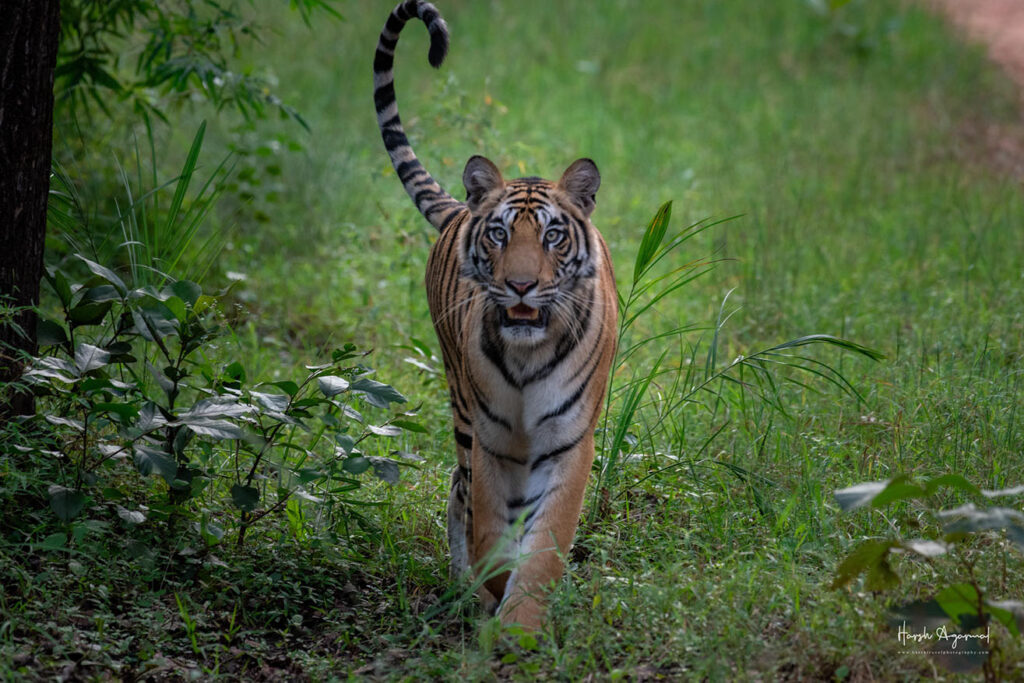
Best Time to go on a tiger safari in India.
The timing of your tiger safari in India is crucial for a rewarding experience. The best time to visit depends on factors like weather and wildlife behavior. The dry season, from October to June, is ideal for tiger safaris. During this time, the vegetation is sparse, making it easier to spot tigers near water sources.
Winter (November to February) is peak season, offering pleasant weather and increased wildlife sightings. Summer (March to June) is another good season for sighting tigers. As the temperatures rise, water sources become scarce, and wildlife tends to congregate around water bodies, increasing the chances of spotting tigers and other animals. However, be prepared for the hot weather. Monsoon (July to September) is generally not recommended due to heavy rainfall and closures of most of the tiger reserves and National Parks of India, but some areas offer safaris in buffer zones.
Remember that tiger sightings are not guaranteed, and enjoying the overall wilderness experience is important. Most parks offer early morning and late afternoon jeep safaris, as tigers are nocturnal animals. Check specific timings and park availability with local guides or authorities for accurate information.
Best Seller Culture Tours
Best Seller Wildlife Tours
Latest Travel Blogs
- Tips for Taj mahal Same day Tour.
- Best Photos in Taj Mahal.
- Taj Mahal on full Moon Night.
- Things to do on Golden Triangle Tour India.
- Best time to Visit India.
- Experience the magic of Taj Mahal sunrise Tour.
- Travel guide to Ladakh.
- Kumbh Mela.
- 50 years of Project tiger.
- Black Panther Tour India.
- Best Tiger destination in India for Tiger Safaris.
- 10 best resorts in Bandhavgarh.
- Best time to see tigers in India.
- Golden Triangle India Tour Packages
Planning Your Itinerary
Designing a well-structured itinerary for a tiger safari tour in India ensures that you make the most of your time and resources. India has wide variety of wildlife destinations for a tiger safari, known for different landscapes and population of tigers, so start your research and plan ahead. Here are some essential factors for planning your tiger safari tours in India.
1. Choose the tiger safari destinations
First, decide which tiger reserves you want to visit for tiger safari and how much time you have and what you’re interested in. Some of the most famous wildlife destinations to go on a tiger safari in India are Bandhavgarh, Kanha, Ranthambore, Pench, and Tadoba. Each of these places are known for its good tiger population and offers a distinct experience.
2. Determine Safari Duration and Interests
Decide on the duration of your tiger safari tour based on the time available to you. Determine the number of days you wish to spend on your wildlife safari. We recommend a minimum of three to four days to increase your chances of multiple tiger sightings and to immerse yourself in the beauty of the national parks. You can also plan two-three tiger reserves during your tiger safari tour in India to maximize chances of sighting different tigers in different landscapes. Consider the travel time between destinations and allocate sufficient time for each location to increase your chances of tiger sightings. Also, consider any specific interests you have, such as bird watching or exploring the local culture, and plan your itinerary accordingly.
3. Plan Travel Logistics
Once you have finalized your tiger safari destinations, plan your travel logistics. Depending on the distances involved, you may need to consider options such as flights, trains, or buses or private taxis. Evaluate the travel time and cost to each destination and factor this information into your schedule. To make sure you get the most out of a tiger safari tour in India, you need to plan out travel logistics carefully as sometimes distance between two tiger reserves can take much of your time in travelling.
4. Reserve your Accommodation
Depending on your preferences, you can choose from luxury resorts, wildlife lodges, or budget-friendly options. Choose accommodations that offer proximity to the tiger reserves while providing comfortable stay experience to minimize travel time and maximize your wildlife viewing opportunities. Many lodges and resorts are available, catering to a variety of budgets and preferences. Staying in a comfortable wildlife resort amidst nature itself is a memorable experience. You can relax in the lap of nature or go on a jungle trail around the resort after the tiring jeep safaris.
5. Guided Safaris
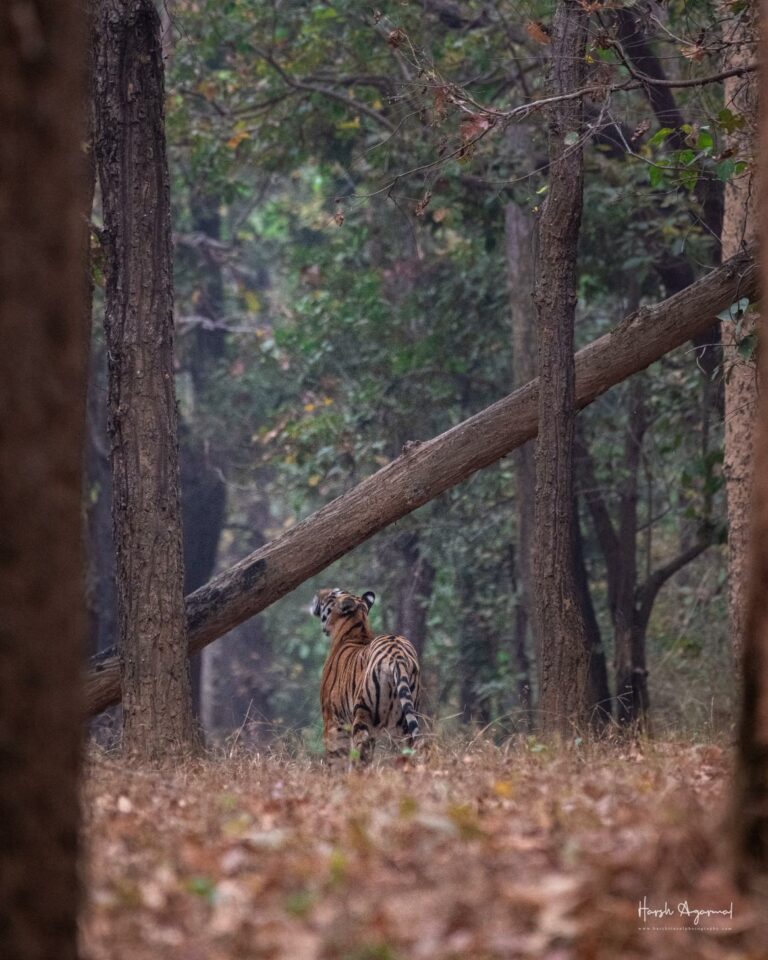
Choose guided wildlife safaris led by experienced naturalists and local guides who possess in-depth knowledge of the flora and fauna. They will enhance your understanding of the ecosystem and help you locate tigers and other wildlife more effectively. Many tiger reserves employ local community drivers and guides, but sometimes there are language barriers. We recommend opting for Guided tiger safaris led by expert naturalists and wildlife photographers. Their experience enhances your chances of tiger sighting as well as enhance your knowledge about diverse flora and fauna of tiger reserves in India.
6. Safari Bookings
Contact the respective national park authorities or reputed tour operators to book your safari slots in advance. Many national parks have limited entry and safari vehicles, so it’s advisable to secure your bookings early to avoid disappointment. It’s recommended to book your tiger safari tour in India at least six months advance as many national parks open their reservation 120 days before. Early booking of tiger safari increases your chances to get preferred zones of the tiger reserve. Consider a mix of morning and evening jeep safaris in different core zones for a diverse experience. Private jeep safaris give you freedom to enjoy the wildlife safari as per your preference and interests.
How to make a budget of your tiger safari tour in India
When planning your tiger safari tour in India, budgeting plays a crucial role in ensuring a smooth and enjoyable experience. Start by determining the duration of your trip and number of tiger safaris you want to include. Safari costs are the most expensive aspect of a tiger safari in India, with fees varying based on different tiger reserves, season, and choosing private or shared safaris. It is important to analyse various options based on your preferences of your tiger tour in India and compare prices to find the best value for your money. It is advisable to book your tiger safari tour of India at least before six months in advance due to limited safari options.
Consider the cost of transportation, whether it’s flights or train tickets, as well as accommodation options ranging from luxury resorts to budget-friendly guesthouses. Additionally, factor in the cost of safari permits, park fees, and any additional activities or guides or naturalists you may require. It’s also important to allocate a budget for meals, travel insurances, and miscellaneous expenses. By carefully budgeting your tiger safari tour, you can make the most of your experience while managing your finances effectively.
Expert Wildlife Photography Tips for Your Tiger Safari Tour in India
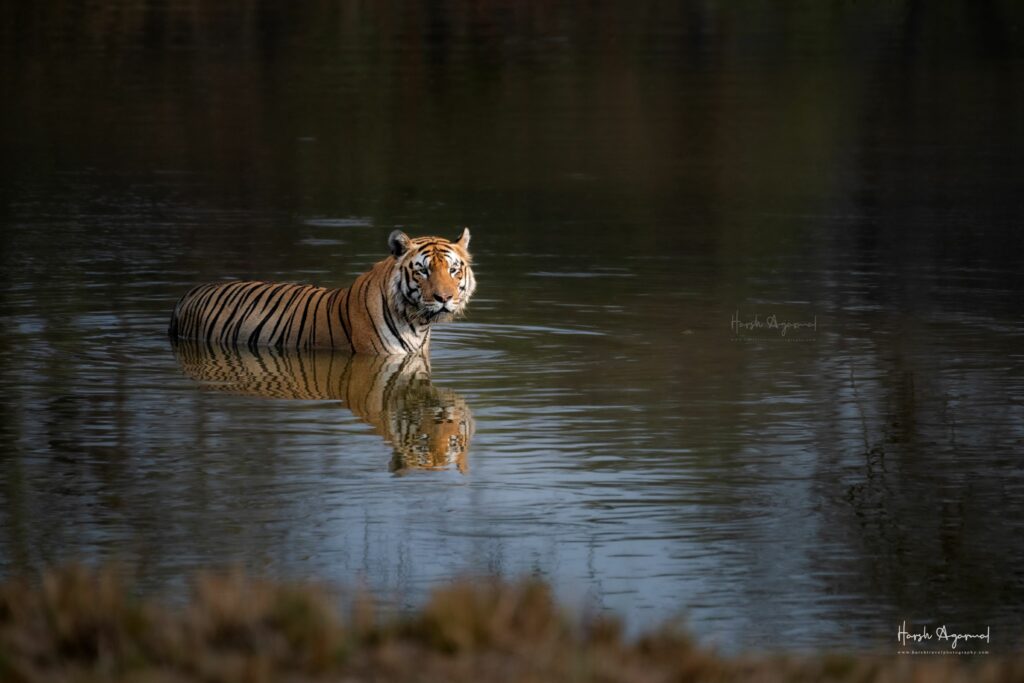
For a wildlife photographer and nature lover, photographing tigers in the wild can be an exhilarating and rewarding experience. Here are some wildlife photography tips to help you make the most of your tiger safari tour in India. To capture great shots of tigers, familiarize yourself with their territory, behavior and preferred habitats, and the best time to spot them is in the area you’ll be visiting. This helps anticipate their movements and increases the chances of getting good photographs.
Bring proper equipment for wildlife photography, such as a DSLR camera or mirrorless camera with a telephoto lens (minimum 200mm focal length) for safe distance shots. Bring extra batteries, memory cards, and a beanbag or sturdy tripod or monopod. Tiger safaris in India can often be dusty and bumpy due to the terrain and the vehicles used. It is indeed essential to protect your camera and lenses from these conditions. Bring protective camera and lens covers, rain covers and lens cleaning kit. A backup camera body is advisable.
For the best results in photographing tigers, shoot during early morning and late afternoon to achieve soft, warm light. Avoid midday harsh light and utilize the rule of thirds for visually appealing compositions. Include the tiger’s surroundings for context and experiment with various angles, perspectives, and framing techniques.
Wildlife photography, especially of tigers, requires patience, keen observation, and preparedness. Ensure camera settings are primed for action, with a fast shutter speed, continuous autofocus, and burst mode to effectively photograph sudden movements or behaviors. Although tigers are your main attraction, don’t miss out on capturing the stunning surroundings and other creatures you come across. Snapping wide-angle shots of the forest, birds, or other animals will give you a diverse collection.
Essential things to consider for your tiger safari tour in India.
For planning your tiger safari in India truly exceptional, here are some valuable tips to keep in mind:
Pack Appropriately
Bring lightweight and breathable fabrics like cotton or linen, long-sleeved shirts, and pants for protection. It’s also important to carry extra warm layers for early morning and evening safaris when temperatures can be cooler.
Wear comfortable closed-toe shoes with a good grip and choose neutral or earthy tones. It’s also advisable to carry a flashlight or headlamp, power bank, and small towel for wiping sweat and dust.
Safety Precautions
Keep in mind that you are a visitor in the tiger’s natural habitat. To ensure safety during a tiger safari in India, maintain a safe distance and never disturb or provoke the animals for a better shot. Follow the guidelines and instructions provided by your guide or park authorities to ensure the safety of both you and the wildlife.
Remain calm in case of any emergencies, carry a first aid kit and necessary medications. Wear appropriate clothing, stay hydrated, and avoid excessive alcohol consumption. Be aware of surroundings and potential hazards such as steep cliffs and unstable terrain. In case of a tiger encounter, avoid eye contact, back away slowly, and make noise to scare it away. Follow the guidelines provided by your guides and ensure a responsible and ethical safari experience.
Respect and support local culture and communities
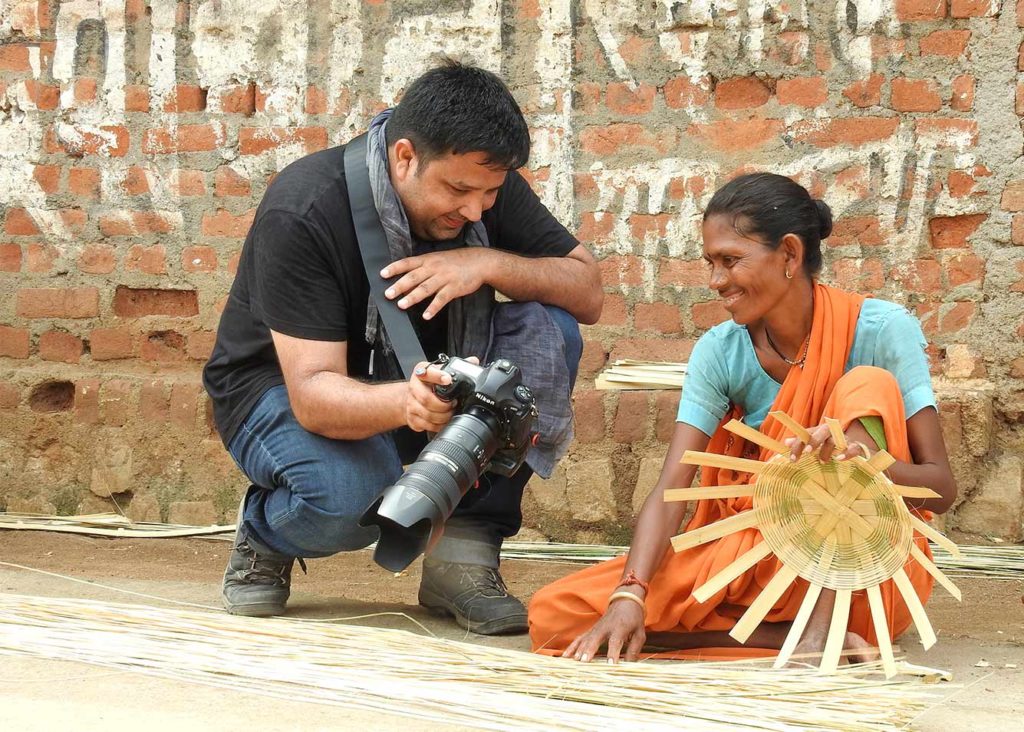
Tiger reserves and national parks of India are home to many tribal communities having their own customs and cultures. The customs and beliefs of these groups show that they have a strong link with nature and wildlife. To show respect for the local culture, visitors should dress modestly and avoid wearing revealing or offensive clothing. It’s important to follow local practices, like taking your shoes off before going into a home or temple and asking permission before taking pictures of people or places.
When interacting to people in the area, it’s important to be polite and respectful. Learning a few words in the local language can greatly contribute to showing respect and building a good relationship.
Furthermore, visitors should be mindful of local customs and practices regarding food and drink. Local communities may have different food behavior like eating with hands or preferences that should be honored and respected.
Responsible tourism practices on a wildlife safari in India
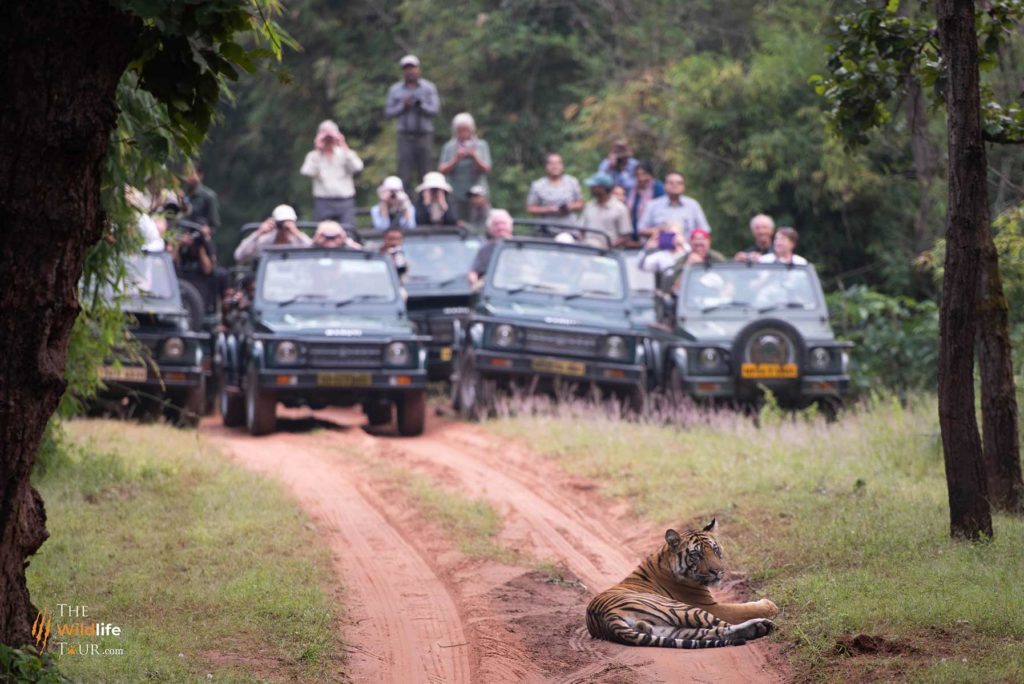
Responsible tourism activities are an important consideration during a tiger safari in India. It involves focusing on minimizing environmental harm and supporting local communities. It aims to reduce negative impacts while maximizing benefits for both the environment and people. To support responsible tourism during a tiger safari, choose eco-friendly accommodations and tour operators that focus on sustainability, use renewable energy, recycle, and reduce waste, and support local conservation efforts.
To minimize environmental impact, try to leave minimum human impact in tiger reserves by packing out your trash during your tiger safari in tiger reserves and avoiding disturbance to habitats and wildlife. You can support local communities by buying local products, such as handicrafts as a keepsake and engaging with them respectfully. Visitors can support conservation efforts by learning about habitat and wildlife protection, supporting local organizations and community tourism initiatives, and respecting local customs and traditions to contribute to responsible tourism.
Patience is key during a tiger safari. Wildlife sightings can be unpredictable, and it may take some time to spot tigers. Embrace the beauty of the surroundings and enjoy the entire experience of being in the wilderness.
Beyond the Tiger: Other Wildlife Activities to Do on Your Tiger Safari Tour in India
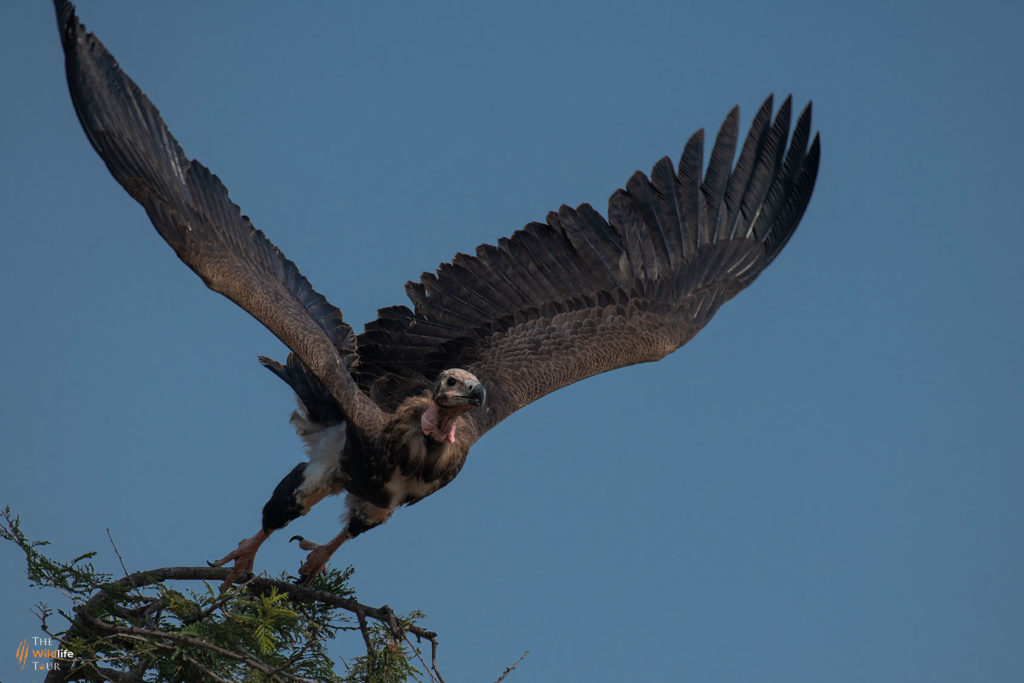
In addition to the thrilling tiger safaris, there are several other activities you can consider enhancing your tiger safari tour in India. One popular option is bird watching, as many national parks and wildlife sanctuaries in India are home to a diverse array of bird species. You can join guided birding tours or explore the surroundings on your own with a pair of binoculars. Nature walks and jungle treks are also great ways to immerse yourself in the stunning natural landscapes and discover the flora and fauna that coexist with the majestic tigers.
Another option is visiting nearby villages or tribal communities to learn about their culture and way of life. This can provide a unique and authentic experience, allowing you to interact with locals, witness traditional art forms, or even participate in cooking or handicraft workshops. Finally, some tiger safari tours offer opportunities for wildlife photography workshops, where you can learn from experienced photographers and capture breathtaking shots of the magnificent wildlife.
Exploring the Culture and Cuisine of India on Your Tiger Safari Tour
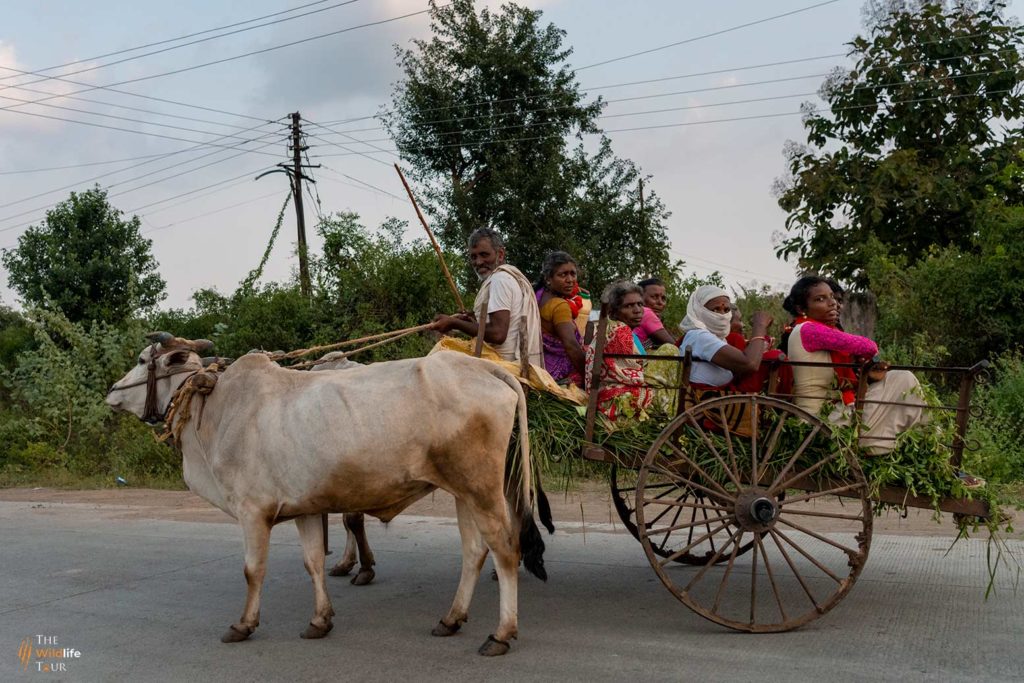
India many culturally significant places that are worth seeing on a tiger safari tour. One iconic site is the Taj Mahal, a UNESCO World Heritage site renowned for its breathtaking beauty and architectural marvel. Another notable cultural destination is the Golden triangle tour of India or Rajasthan tour, which you can add to your tiger safari tour.
If you are planning your tiger safari tour in Central India, the temples of Khajuraho are also highly recommended, known for their intricate carvings and erotic sculptures depicting various aspects of life and spirituality. Near Nagarhole and Kabini national park, there is ancient city of Hampi, featuring impressive temples and ruins that showcase the rich historical and cultural heritage of India.
As you travel through different regions on your tiger safari tour, you can indulge in a wide array of regional cuisines, each with its own distinct taste and specialties. From the aromatic spices of North Indian dishes like butter chicken and biryani to the coastal delights of South Indian cuisine, such as dosas and seafood curries, there is an abundance of flavors to discover.
These cultural attractions provide a fascinating contrast to the wildlife-focused tiger safaris, allowing visitors to delve into the diverse tapestry of India’s history and art. By incorporating these cultural experiences into your tiger safari tour, you can enjoy a well-rounded exploration of the country’s captivating culture and natural splendor, creating memories that will last a lifetime.
Discuss more about Planning your Tiger Safari in India
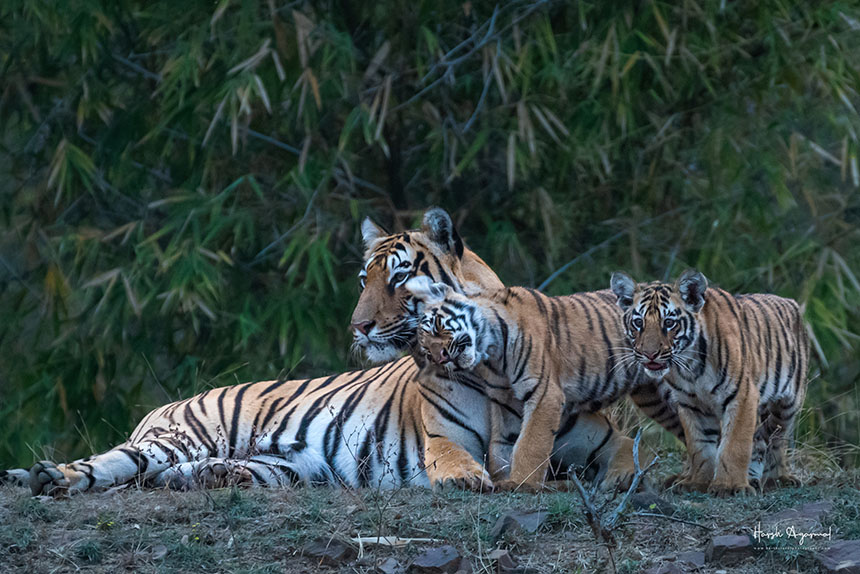
Planning a tiger safari in India is an extraordinary adventure that allows you to connect with nature and witness the grandeur of tigers in their natural habitat. By following the tips and guidelines provided in this guide, you are well on your way to a remarkable safari experience that will create lasting memories.
At Indian Maharaja Tours, we are committed to ensuring that your tiger safari exceeds your expectations. Contact us today to begin planning your dream safari and embark on a once-in-a-lifetime journey to encounter the majestic tigers of India.
This article is intended as a guide for planning a tiger safari in India. Please note that wildlife sightings cannot be guaranteed as they are dependent on various factors, including the behavior and movements of the animals.

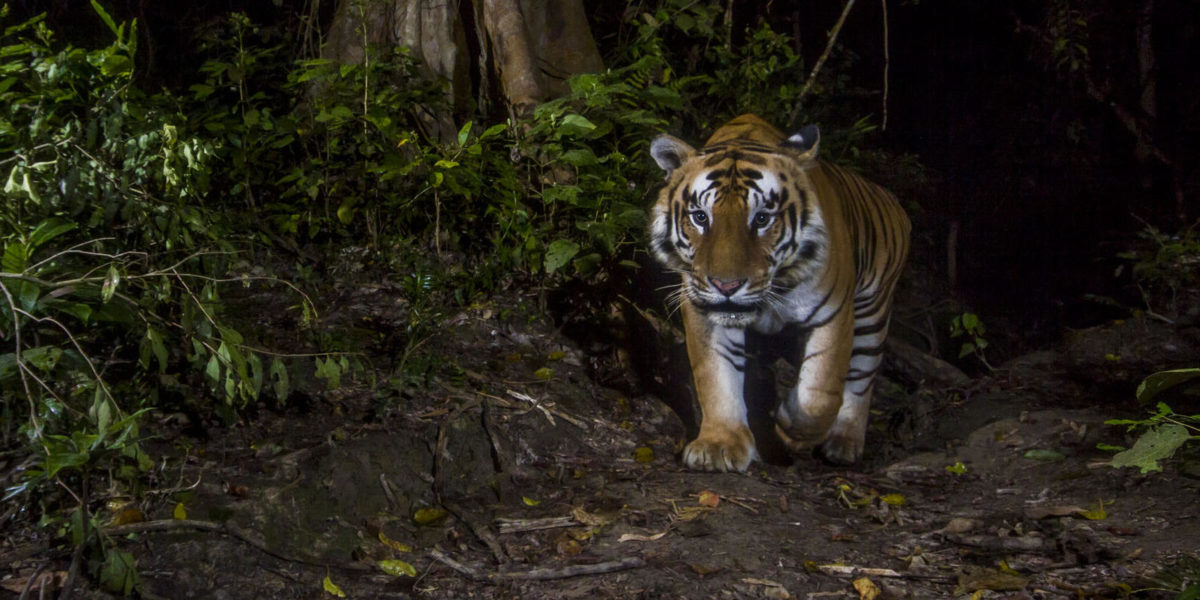
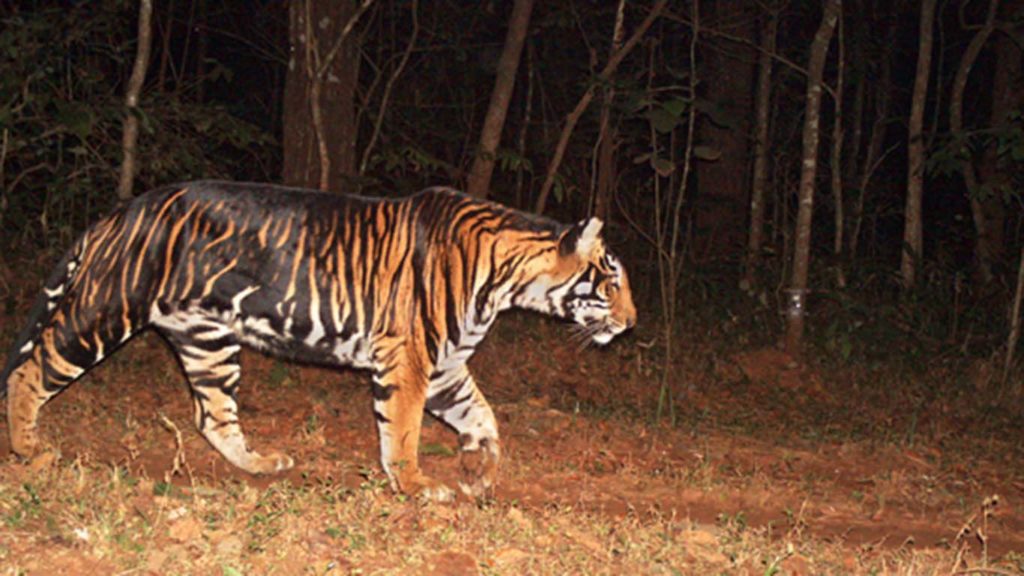

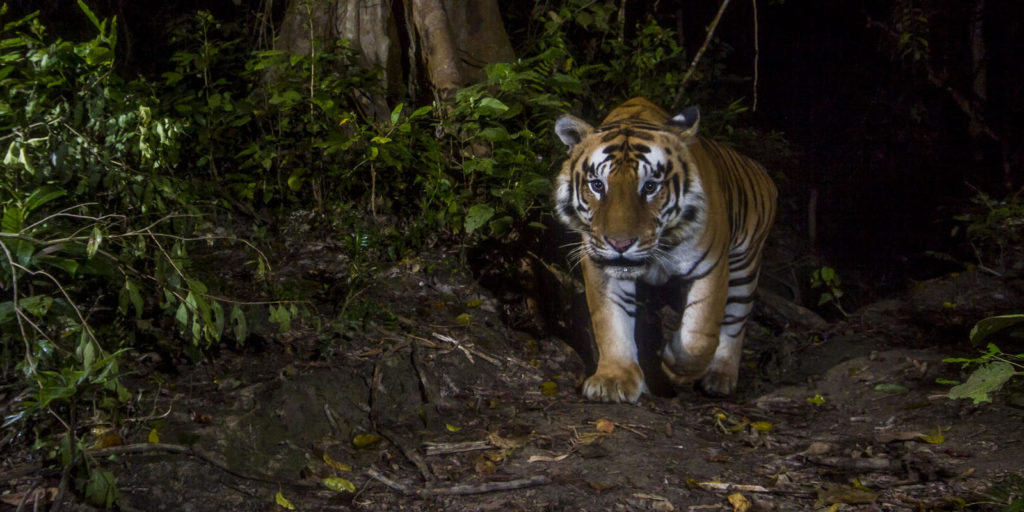
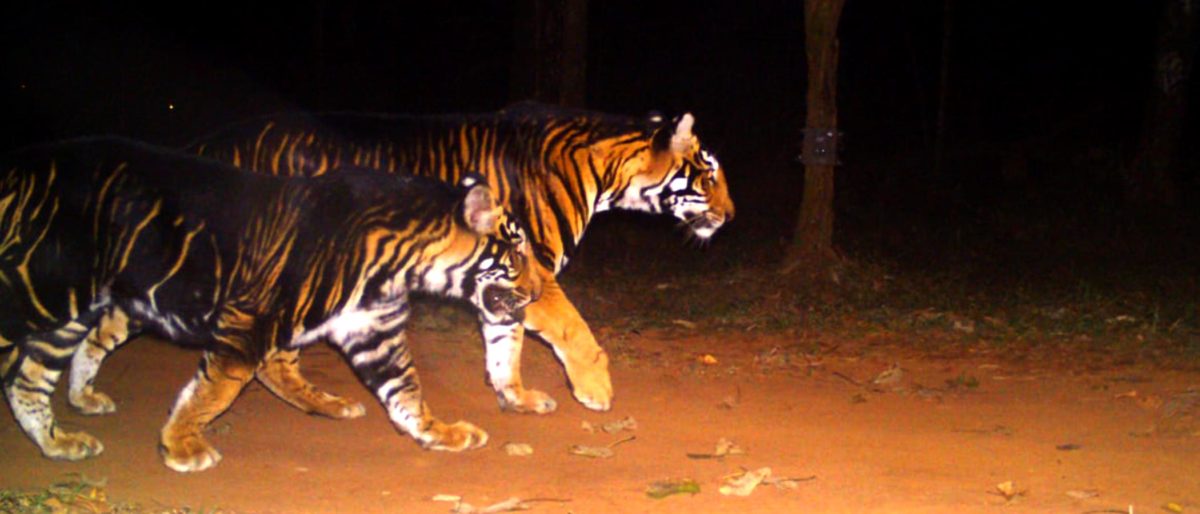
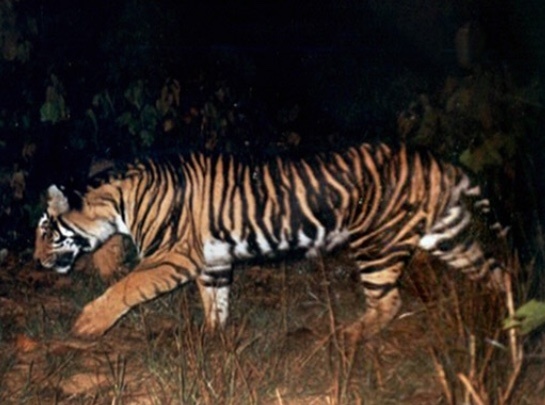
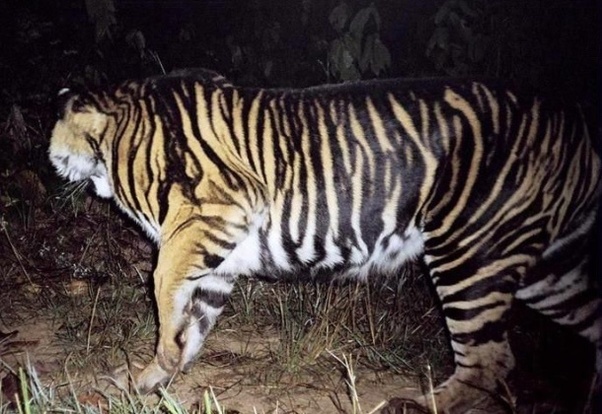
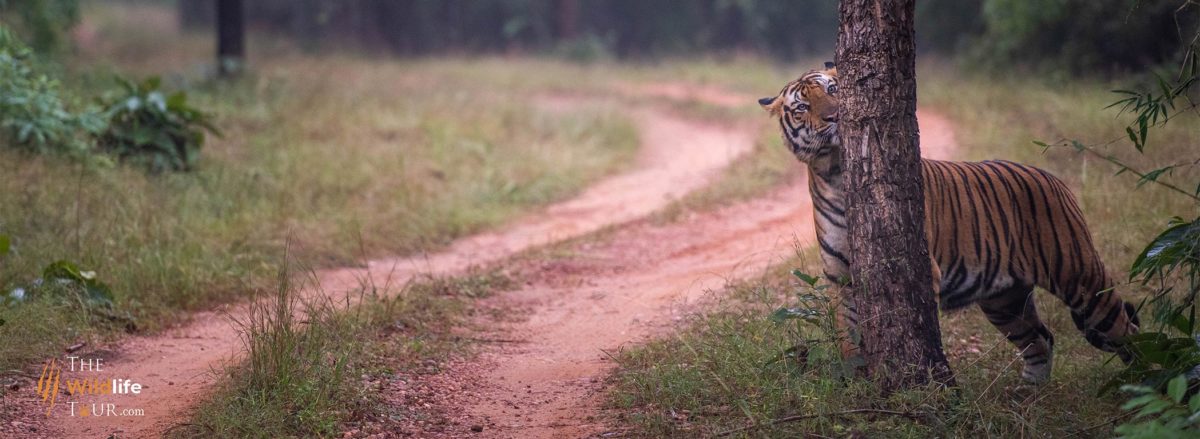
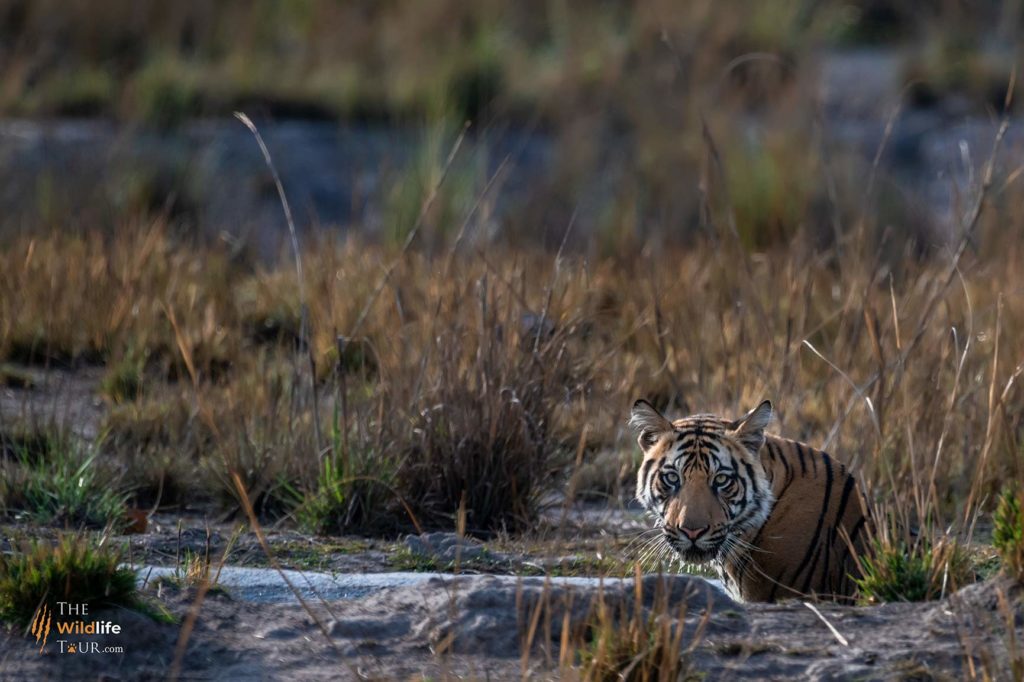
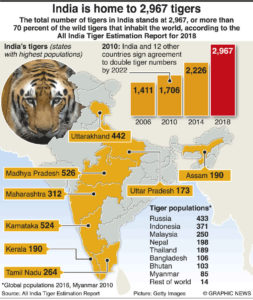
 Tour In India is usually not just a click away. At Indian Maharaja Tours (
Tour In India is usually not just a click away. At Indian Maharaja Tours (